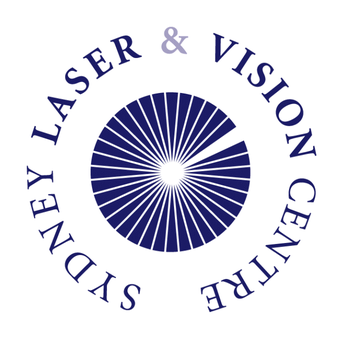Laser cataract surgery: Dr David Robinson Ophthalmologist
Thinking about laser cataract surgery? Wondering where to look for advice on what’s available? Read on for an overview of the difference between latest techniques and traditional methods.
What does the laser actually do?
Laser cataract surgery involves the use of a very fast laser – or femtosecond laser – to replace a number of steps that were traditionally performed manually by the surgeon.
One of the critical stages of this procedure is the capsulotomy – the creation of a circular access hatch in the front of your lens capsule, so that the underlying cloudy lens material can be removed. For the best outcome, this access needs to be as round and centered as possible. The laser ensures this is the case every time.
While many surgeons are experts at manually tearing away a circle of tissue from the front of the lens, few could claim to do it perfectly every time. But the laser can.
One of the other things the laser does is to soften the cataract, making it much easier – and faster – to remove from the capsule in your eye.
One thing’s for sure – the laser doesn’t do the job for you. You still need an expert, experienced surgeon behind the wheel to operate this precision tool and to manage any unexpected events as they occur.
What’s in it for me?
There are a number of key advantages of this technique over older methods:
1. Quicker surgery
Shorter surgery time means less energy is released around the entrance wound and within the eye.
What does this mean? Better vision during recovery, for one thing, as the eye recovers faster. And a healthier cornea. Cataract surgery is known to compromise the important layer of cells that line the back of the cornea. Less energy means less damage to this essential layer of your cornea.1 This has implications for your quality of vision long term.
And shorter surgery means less time under sedation – another advantage of femtosecond cataract over traditional methods. The less time you spend under the effects of anaesthetic, the quicker you recover and the safer the procedure.
2. Lower risk of complications
While this procedure is likely to be the safest surgery you will ever have, it is not without risk. Serious complications are rare, but do happen. Choosing a surgeon who has the experience and expertise to deal with such complications is one of the best ways to minimise your risk.
Retinal detachment is a rare but serious complication of this procedure. The less trauma the eye undergoes during surgery, the less likelihood of damage to the delicate but critical structures of your eye.
3. Greater independence from glasses
One of the standout features of laser cataract is that it allows for a perfectly round, centred access to your crystalline lens. This means that the intraocular lens (IOL) can be perfectly centred in this pocket within your eye. This allows for the accurate placement of premium IOLs such as trifocals or torics (which correct astigmatism) in your eye, leading to excellent uncorrected vision after surgery.
What provides best patient satisfaction after surgery? The answer is, freedom from glasses. And this is more likely with the use of the femtosecond laser with one retrospective study finding more than twice as many patients achieved 20/20 vision (or close) at one-month after laser cataract surgery compared to traditional surgery.
Is laser more expensive?
Yes. Femto-cataract surgery costs a bit more. A femtosecond laser is a considerable investment for any practice and is not widely available. Traditional methods are still practiced in most hospitals and day surgeries. But we believe that, like most things in life, you get what you pay for.
Looking for the most technologically advanced cataract surgery? Call 1800 25 20 20 and make an appointment with Dr David Robinson - Ophthalmologist - Eye Surgeon. There’s no substitute for experience.
References
1. Conrad-Hengerer I, Juburi MA, Schultz T, et al. Corneal endothelial cell loss and corneal thickness in conventional compared with femtosecond laser-assisted cataract surgery: Three-month follow-up. J Cataract Refract Surg. 2013 Sep;39(9):1307-13.
2. Nagy ZZ, Takács A, Filkorn T, et al. Complications of femtosecond laser-assisted cataract surgery. J Cataract Refract Surgery. 2014 Jan;40(1):20-8.
3. Kránitz K, Takacs A, Miháltz K, et al. Femtosecond laser capsulotomy and manual continuous curvilinear capsulorhexis parameters and their effects on intraocular lens centration. J Refract Surg. 2011 Aug;27(8):558-63.

